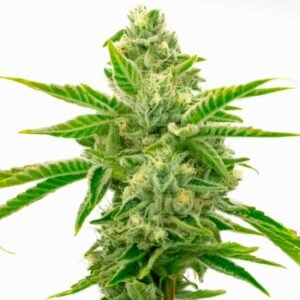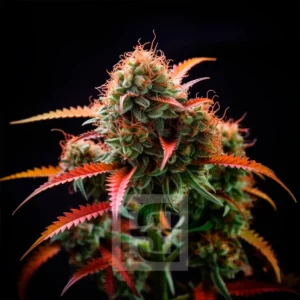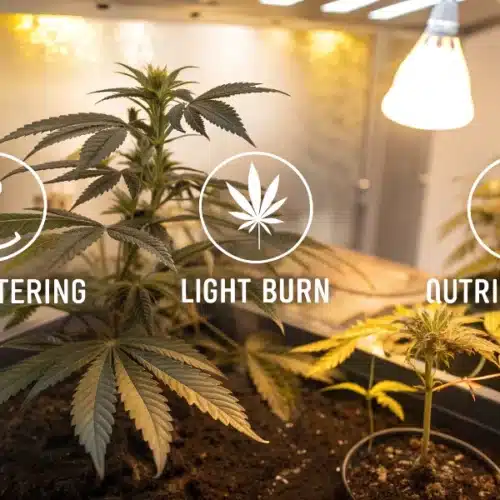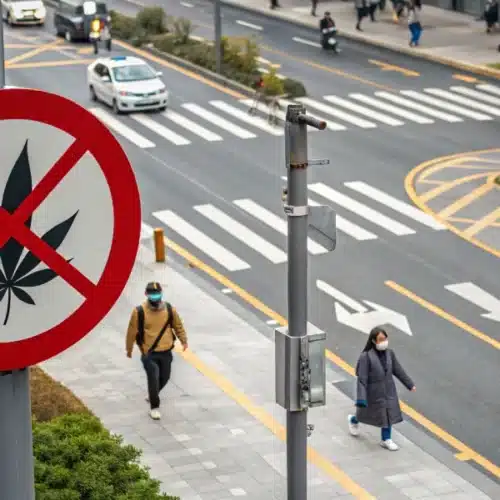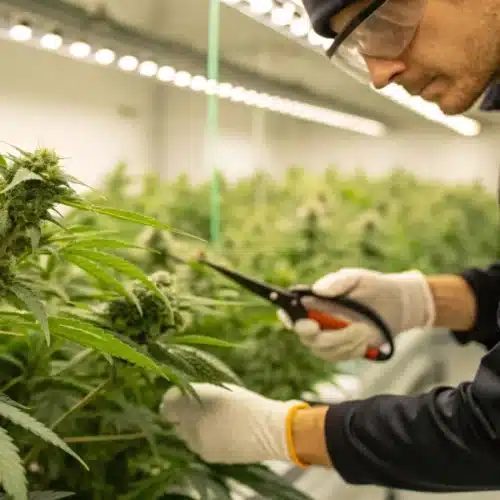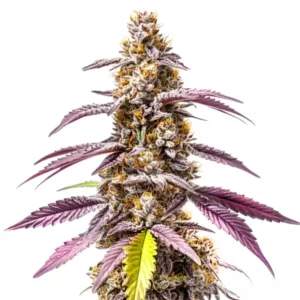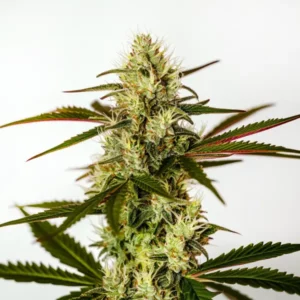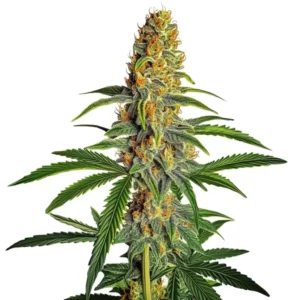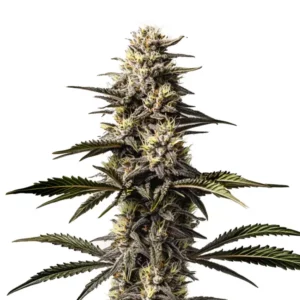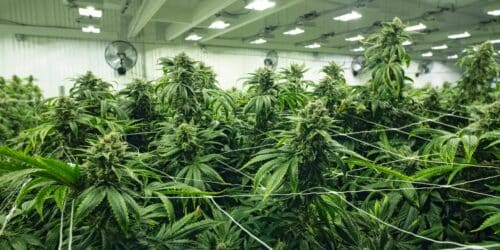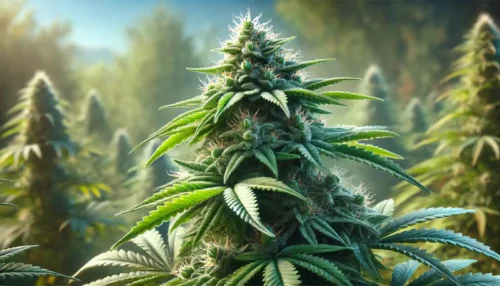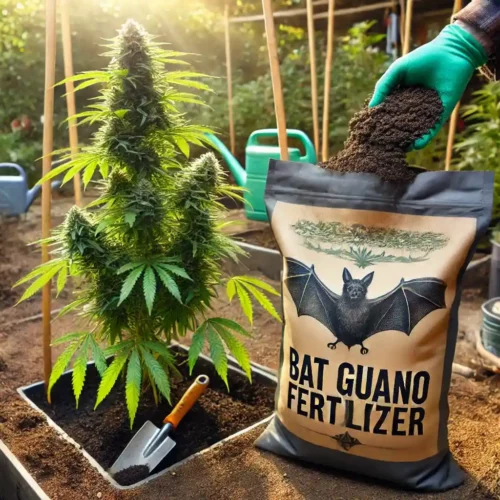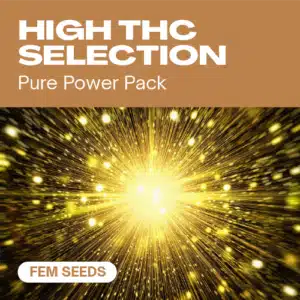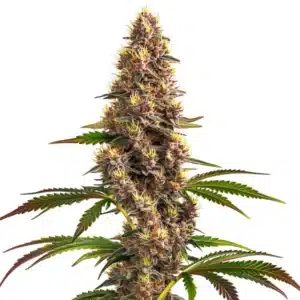Plant growth regulators (PGRs) form an integral part of the cannabis cultivation process. They play a pivotal role in controlling the growth and development of cannabis plants, improving yields, and enhancing the quality of the harvest. This article will delve deep into the world of PGRs, shedding light on their utility, their impact on cannabis plants, and how to effectively utilize them in cannabis cultivation.
What Are Plant Growth Regulators and Their Impact on Cannabis Growth?
Plant growth regulators are natural or synthetic compounds that impact the growth and development of plants. In cannabis cultivation, they are utilized to control the growth pattern of the plants, influencing aspects such as height, branching, flowering, and maturation. PGRs can also play a role in enhancing the yield and quality of the cannabis harvest.
For instance, the strain OG Kush from Blimburn Seeds, known for its distinct aroma and potent effects, can benefit greatly from the use of PGRs. They can help in controlling this strain’s growth, enhancing its yield, and improving the quality of its buds.
Promos & Deals
Pros and Cons of Using Plant Growth Regulators in Cannabis Farming
Like any other farming practice, using PGRs in cannabis cultivation comes with its own set of benefits and drawbacks. On the positive side, PGRs can significantly enhance the yield and quality of the cannabis harvest. They can aid in controlling the plant’s growth, ensure uniformity, and help in the production of denser, more potent buds.
However, the use of synthetic PGRs can sometimes lead to adverse effects. They can interfere with the plant’s natural growth process, leading to issues such as reduced potency and terpene profile. These drawbacks underline the importance of using PGRs judiciously and in moderation.
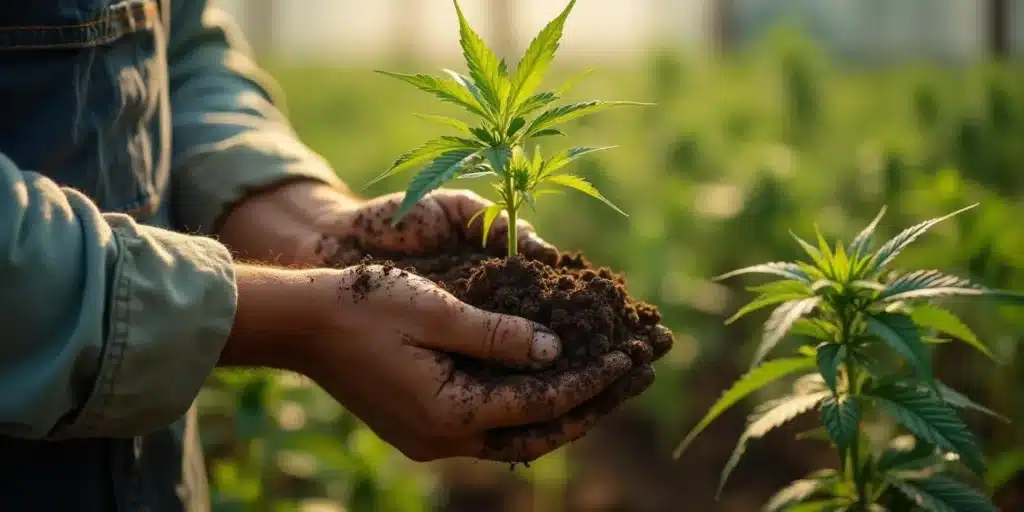
The Importance of Plant Growth Regulators in Cannabis Production
Plant growth regulators play a crucial role in cannabis cultivation. They are instrumental in controlling the growth and development of cannabis plants, ensuring uniformity, and enhancing the yield and quality of the harvest. The use of PGRs can be particularly beneficial for strains such as Mamba Negra from Blimburn Seeds, which is known for its high yield and potent effects.
However, it’s important to remember that the use of PGRs should always be accompanied by good cultivation practices. Proper watering, ideal lighting conditions, and optimal pH levels are just as important for the plant’s overall health and yield.
How Plant Growth Regulators Enhance Cannabis Yield and Quality
Plant growth regulators can significantly enhance the yield and quality of cannabis crops. They do this by controlling the growth and development of the cannabis plants. For instance, PGRs can be used to control the height of the cannabis plants, thus ensuring that all plants receive adequate light, which in turn leads to a higher yield.
Moreover, PGRs can also influence the development of buds, leading to denser, more potent buds. This can be particularly beneficial for strains such as Wombat from Blimburn Seeds, which is known for its dense buds and high THC content.
Strategies for Effectively Utilizing Plant Growth Regulators in Cannabis Horticulture
Effective utilization of PGRs in cannabis horticulture requires a comprehensive understanding of the growth and development of cannabis plants and the effects of different PGRs. It’s important to use PGRs judiciously and in moderation. Overuse of PGRs can lead to adverse effects, such as reduced potency and terpene profile.
Moreover, it’s crucial to use PGRs that are safe and approved for use in cannabis cultivation. Many synthetic PGRs can have adverse effects on the health of the plants and the quality of the harvest. Therefore, it’s often recommended to use natural PGRs, which are generally safer and have fewer adverse effects.

Maximizing Cannabis Growth with Plant Growth Regulators
Maximizing cannabis growth with PGRs requires a careful and calculated approach. It’s important to understand the growth and development patterns of the specific cannabis strain being cultivated. For instance, some strains might benefit more from PGRs that promote branching, while others might require PGRs that control height.
Moreover, it’s crucial to use PGRs in the right amounts. Overuse of PGRs can lead to adverse effects, such as reduced potency and terpene profile. It’s also important to use PGRs that are safe and approved for use in cannabis cultivation. Using natural PGRs is often recommended, as they are generally safer and have fewer adverse effects.
The Science Behind Plant Growth Regulators in Cannabis Cultivation
The science behind PGRs in cannabis cultivation is rooted in plant physiology. PGRs work by mimicking or inhibiting the action of naturally occurring plant hormones, thereby influencing the growth and development of the plants. Some PGRs promote cell division and elongation, leading to increased plant height. Others inhibit branching, leading to a more compact plant structure.
Moreover, certain PGRs can influence the development of buds, leading to denser, more potent buds. This can be particularly beneficial for certain cannabis strains, such as Gorilla Glue #4 from Blimburn Seeds, which is known for its dense buds and high THC content.
Practical Tips for Implementing Plant Growth Regulators in Your Cannabis Growth Plan
Implementing PGRs in your cannabis growth plan requires careful planning and execution. Here are some practical tips to get you started:
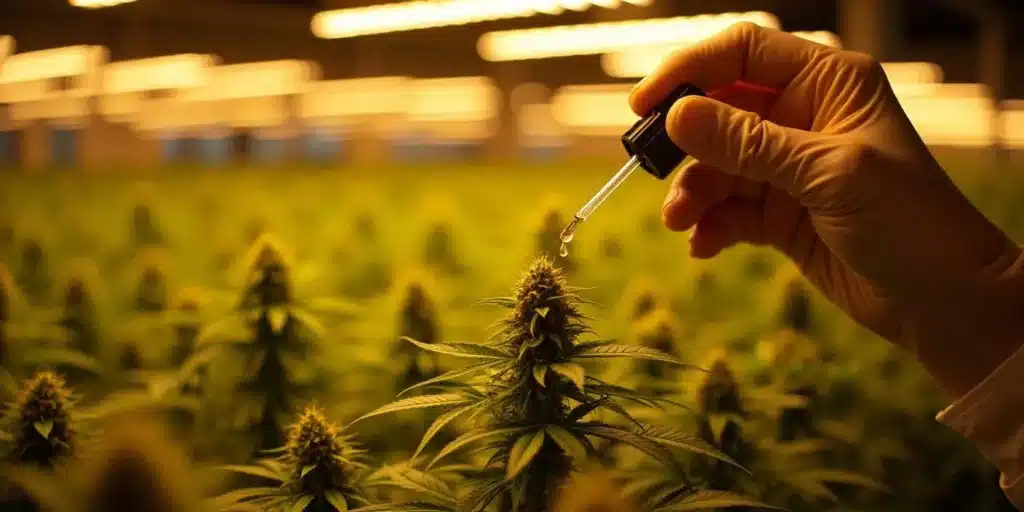
- Understand the growth and development patterns of the specific cannabis strain you are cultivating. This will help you choose the right PGRs for your needs.
- Use PGRs judiciously and in moderation. Overuse of PGRs can lead to adverse effects, such as reduced potency and terpene profile.
- Use PGRs that are safe and approved for use in cannabis cultivation. Many synthetic PGRs can have adverse effects on the health of the plants and the quality of the harvest. Therefore, it’s often recommended to use natural PGRs, which are generally safer and have fewer adverse effects.
- Monitor the health and growth of your cannabis plants regularly. This will help you identify any issues early on and adjust your use of PGRs accordingly.
Frequently Asked Questions
What are the best plant growth regulators for cannabis?
The choice of plant growth regulators for cannabis largely depends on the specific needs of the strain being cultivated. Some strains might benefit more from PGRs that promote branching, while others might require PGRs that control height. Moreover, it’s often recommended to use natural PGRs, as they are generally safer and have fewer adverse effects than synthetic ones.
Some commonly used natural PGRs in cannabis cultivation include triacontanol, a compound found in alfalfa meal, and salicylic acid, a compound found in willow bark extract. Both these PGRs have been found to enhance the growth and yield of cannabis plants.
What are the effects of plant growth regulators on cannabis?
Plant growth regulators can have significant effects on the growth and development of cannabis plants. They can control the height of the plants, ensure uniformity, suppress undesirable growth patterns, enhance the yield, and improve the quality of the harvest. However, it’s important to use PGRs judiciously and in moderation, as overuse can lead to adverse effects, such as reduced potency and terpene profile.
Moreover, certain synthetic PGRs can have harmful effects on the health of the plants and the quality of the harvest. Therefore, it’s often recommended to use natural PGRs, which are generally safer and have fewer adverse effects.
How does using plant growth regulators in cannabis cultivation impact yield?
Plant growth regulators can significantly enhance the yield of cannabis crops. They do this by controlling the growth and development of the cannabis plants. For instance, PGRs can be used to control the height of the cannabis plants, thus ensuring that all plants receive adequate light, which in turn leads to a higher yield.
Moreover, certain PGRs can influence the development of buds, leading to denser, more potent buds. However, it’s important to use PGRs judiciously and in moderation, as overuse can lead to adverse effects, such as reduced potency and a lower-quality harvest.
What are the benefits of natural plant growth regulators for cannabis growth?
Natural plant growth regulators offer several benefits for cannabis growth. They are generally safer and have fewer adverse effects than synthetic ones. They work by mimicking or inhibiting the action of naturally occurring plant hormones, thereby influencing the growth and development of the plants.
Some commonly used natural PGRs in cannabis cultivation include triacontanol, a compound found in alfalfa meal, and salicylic acid, a compound found in willow bark extract. Both these PGRs have been found to enhance the growth and yield of cannabis plants.
How can I implement plant growth regulators in my cannabis growth plan?
Implementing PGRs in your cannabis growth plan requires careful planning and execution. First, understand the growth and development patterns of the specific cannabis strain you are cultivating. This will help you choose the right PGRs for your needs.
Use PGRs judiciously and in moderation. Overuse of PGRs can lead to adverse effects, such as reduced potency and terpene profile. Use PGRs that are safe and approved for use in cannabis cultivation. Many synthetic PGRs can have adverse effects on the health of the plants and the quality of the harvest. Therefore, using natural PGRs is often recommended, as they are generally safer and have fewer adverse effects.

